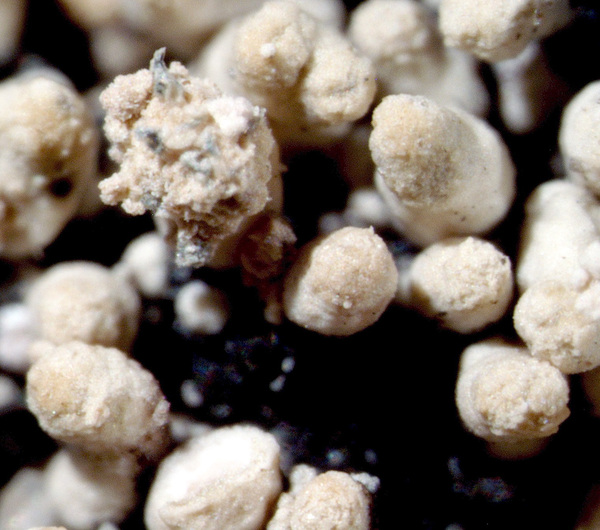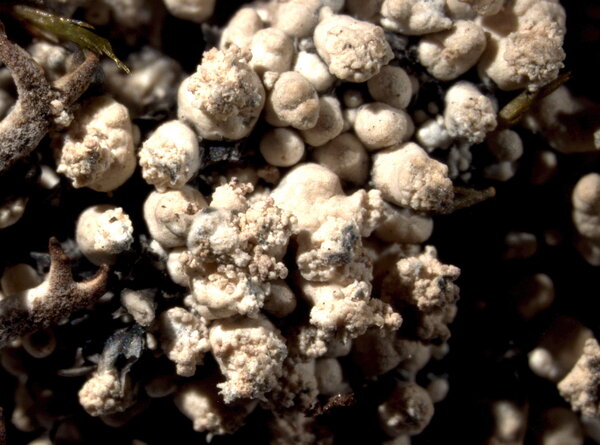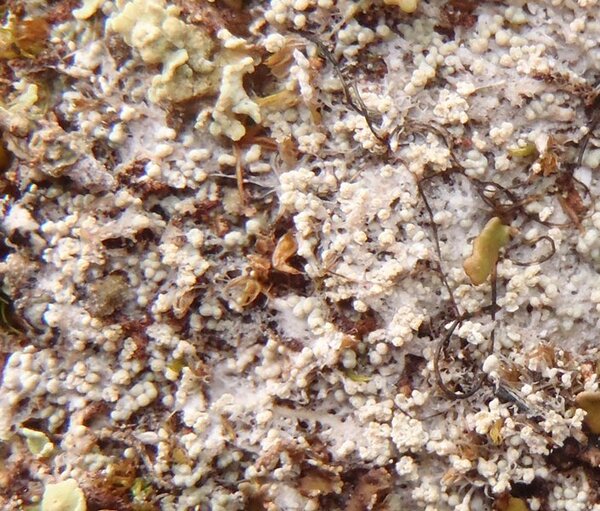Toensbergia geminipara (Th. Fr.) T. Sprib. & Resl
in Spribille & al.,, Lichenologist, 52: 127, 2020. Basionym: Lecanora geminipara Th. Fr. - Lichenogr. Scand., 1: 236, 1871.
Synonyms: Ochrolechia geminipara (Th. Fr.) Vain.; Ochrolechia leprothelia (Nyl.) Arnold; Pertusaria geminipara (Th. Fr.) Brodo
Distribution: N - Ven (Nascimbene 2003, 2004), TAA (Nascimbene & al. 2022), Lomb, Piem (Jatta 1909-1911), VA.
Description: Thallus crustose, episubstratic, whitish grey to yellowish white, often becoming pinkish in the herbarium, verrucose-granulose. Areoles strongly convex to globose, contiguous, to 0.3 mm broad, some of them becoming sorediate starting from the top, and forming subtuberculate, 0.5-1.5 mm wide soralia. Soredia granular, whitish to pale ochraceous. Apothecia very rare in Italian material, lecanorine, rounded, sessile, strongly constricted, up to 2.5 mm across, with a reddish brown to almost black, flat, more or less smooth, pruinose disc, and a thick, undulate to crenulated thalline margin. Epithecium reddish brown; hymenium and hypothecium colourless; paraphyses thin, anastomosing, densely branched. Asci 2(-3)-spored, broadly cylindrical. Ascospores 1-celled, hyaline, ellipsoid, 22-40 x 15-20 µm, the wall thick, zoned. Pycnidia dark, immersed. Conidia bacilliform. Photobiont chlorococcoid. Spot tests: K+ yellow, C+ red, KC+ yellow-red, P+ yellow-orange, UV- or UV+ orange. Chemistry: alectorialic and barbatolic acids, plus variable amounts of xanthones.Note: an arctic-alpine, circumpolar lichen found on mosses, plant debris and soil over acid substrata near and above treeline, reaching the nival belt in the Alps; certainly more widespread in the Alps but overlooked, confused with other species, and undercollected in the past.
Growth form: Crustose
Substrata: soil, terricolous mosses, and plant debris
Photobiont: green algae other than Trentepohlia
Reproductive strategy: mainly asexual, by soredia, or soredia-like structures (e.g. blastidia)
Commonnes-rarity: (info)
Alpine belt: common
Subalpine belt: rather common
Oromediterranean belt: absent
Montane belt: absent
Submediterranean belt: absent
Padanian area: absent
Humid submediterranean belt: absent
Humid mediterranean belt: absent
Dry mediterranean belt: absent
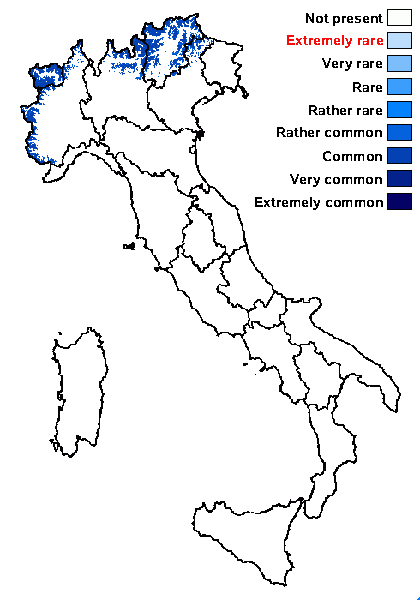
Predictive model
Herbarium samples
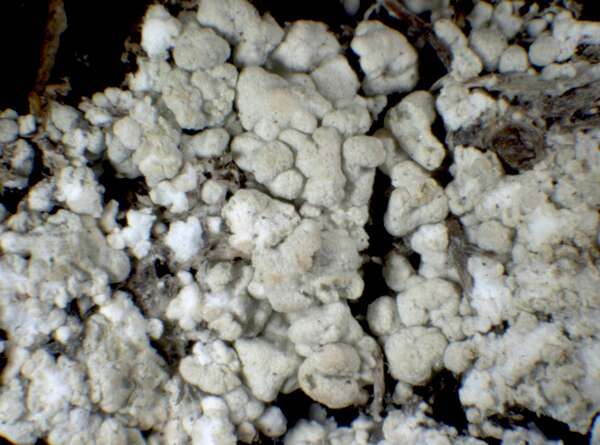

P.L. Nimis; Owner: Department of Life Sciences, University of Trieste
Herbarium: TSB (34517)
2002/01/1
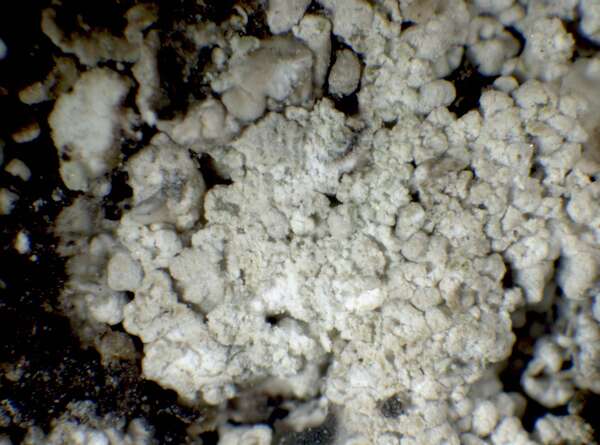

P.L. Nimis; Owner: Department of Life Sciences, University of Trieste
Herbarium: TSB (34445)
2002/01/1
Growth form: Crustose
Substrata: soil, terricolous mosses, and plant debris
Photobiont: green algae other than Trentepohlia
Reproductive strategy: mainly asexual, by soredia, or soredia-like structures (e.g. blastidia)
Commonnes-rarity: (info)
Alpine belt: common
Subalpine belt: rather common
Oromediterranean belt: absent
Montane belt: absent
Submediterranean belt: absent
Padanian area: absent
Humid submediterranean belt: absent
Humid mediterranean belt: absent
Dry mediterranean belt: absent

Predictive model
| Herbarium samples |


P.L. Nimis; Owner: Department of Life Sciences, University of Trieste
Herbarium: TSB (34517)
2002/01/1


 DOLICHENS
DOLICHENS
